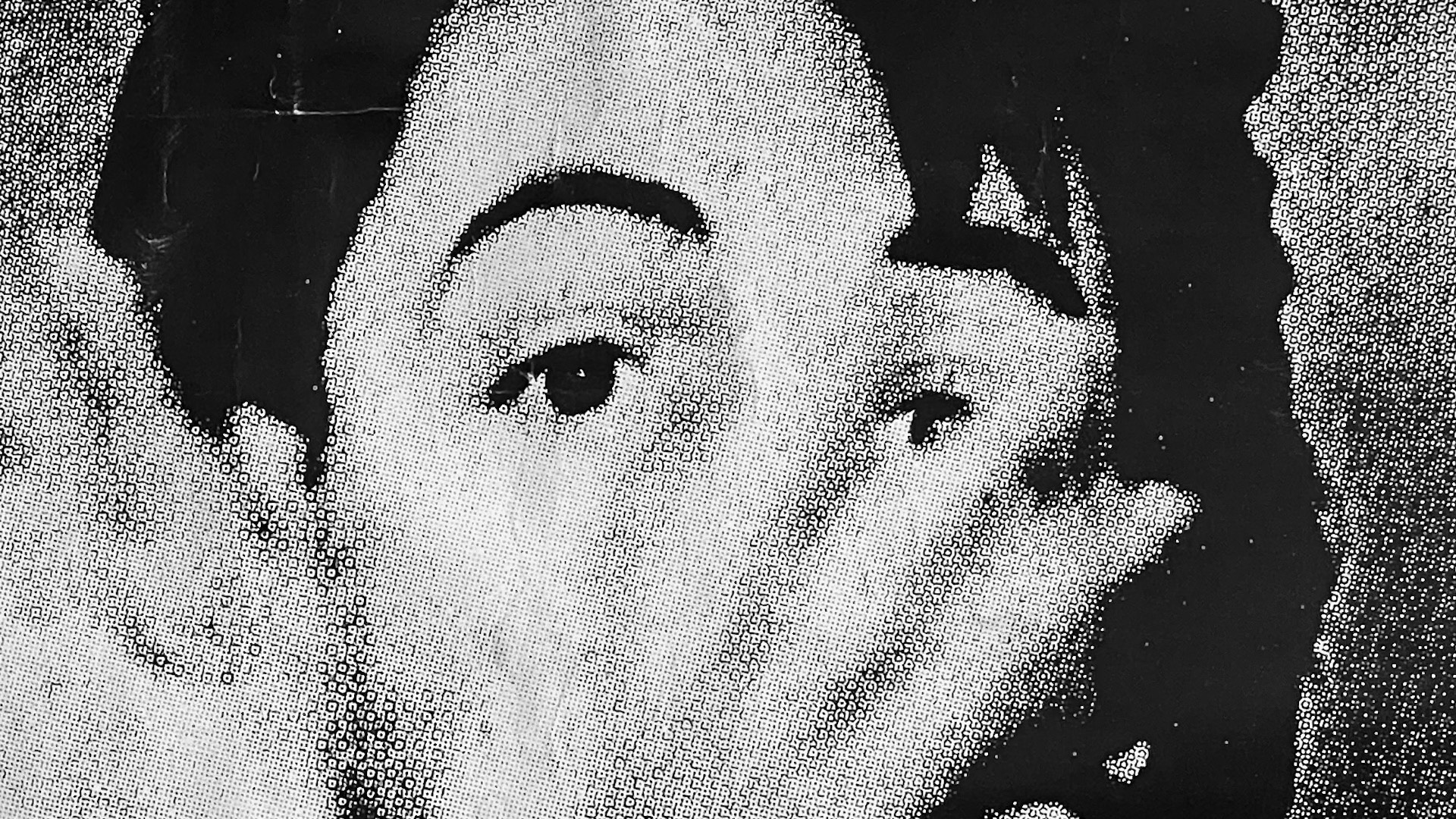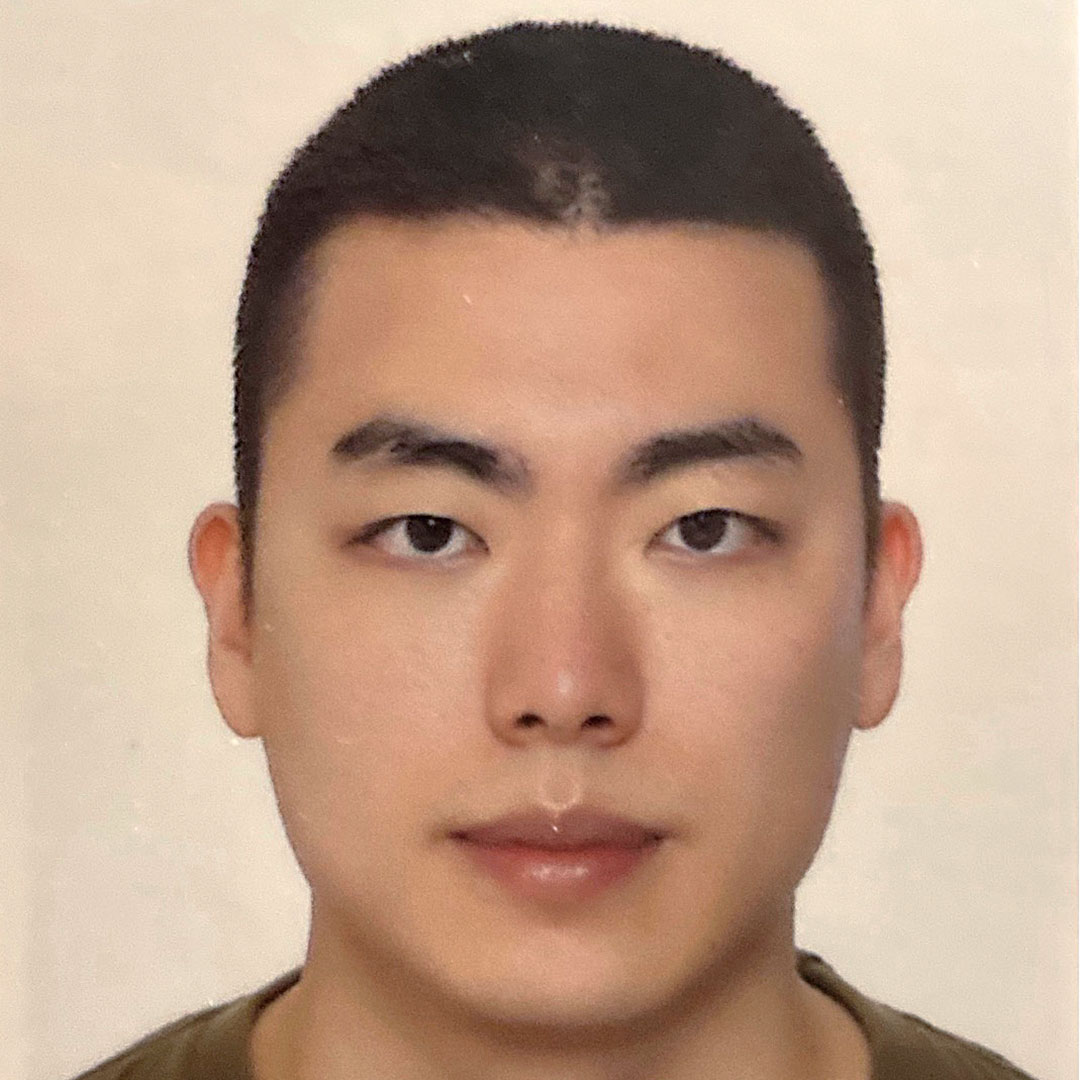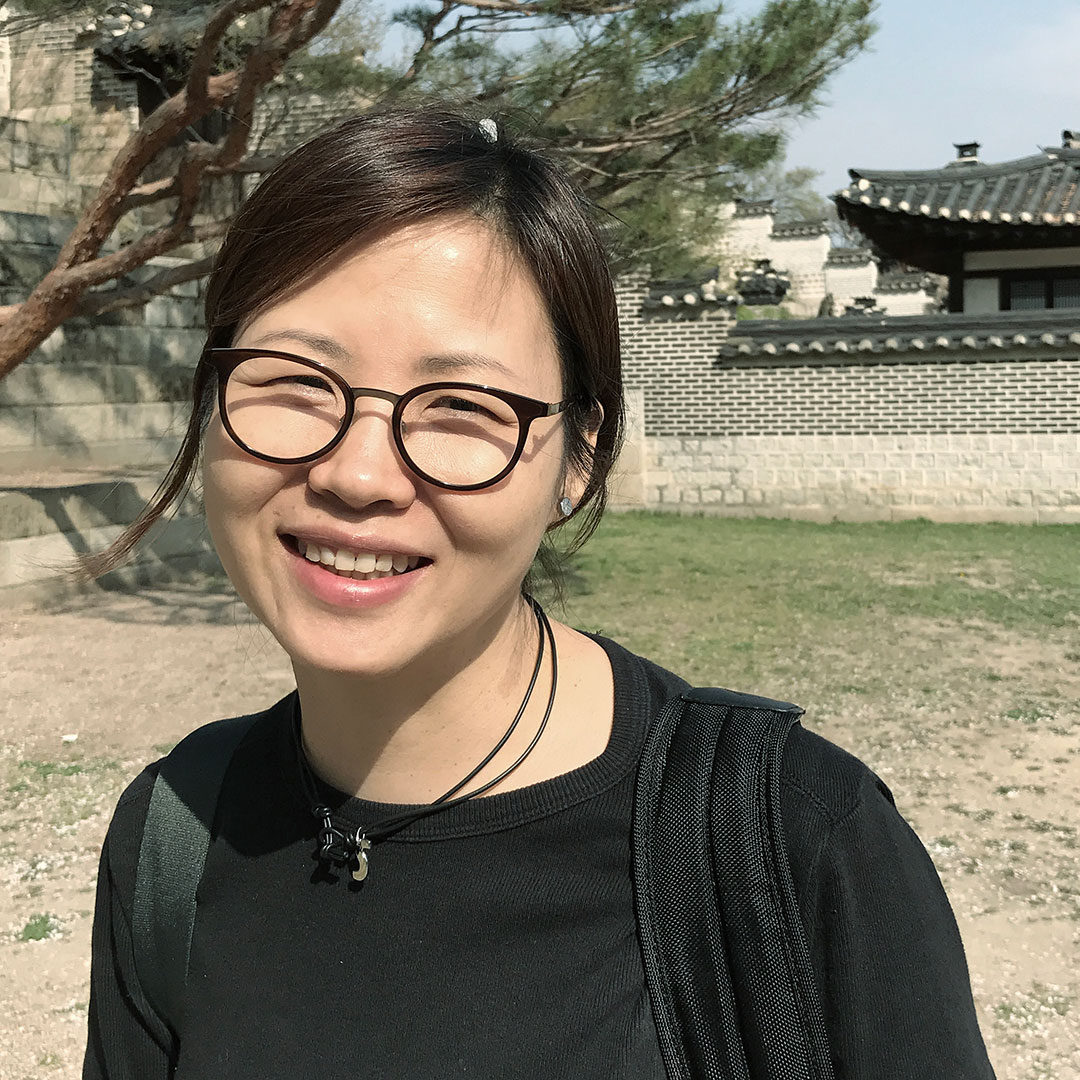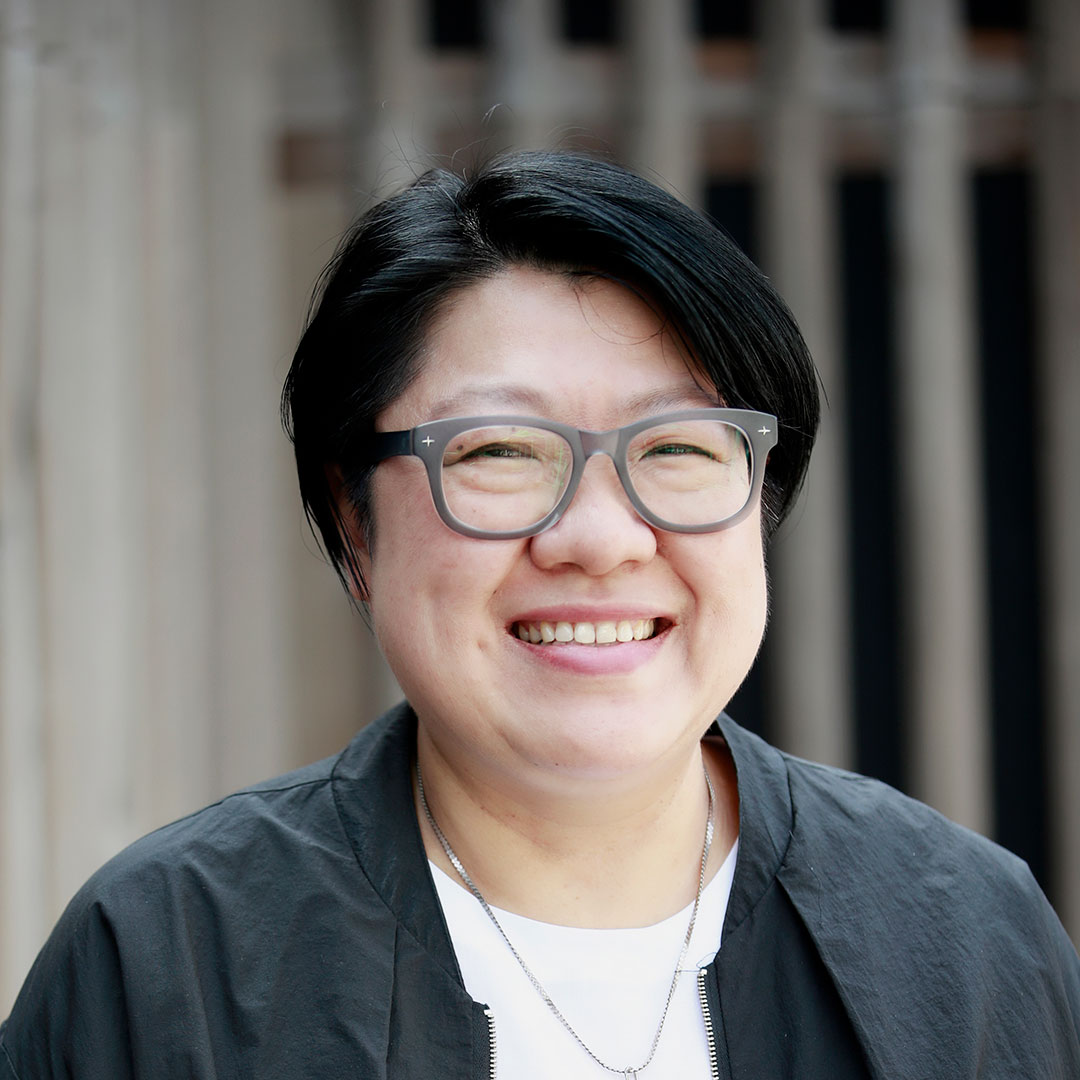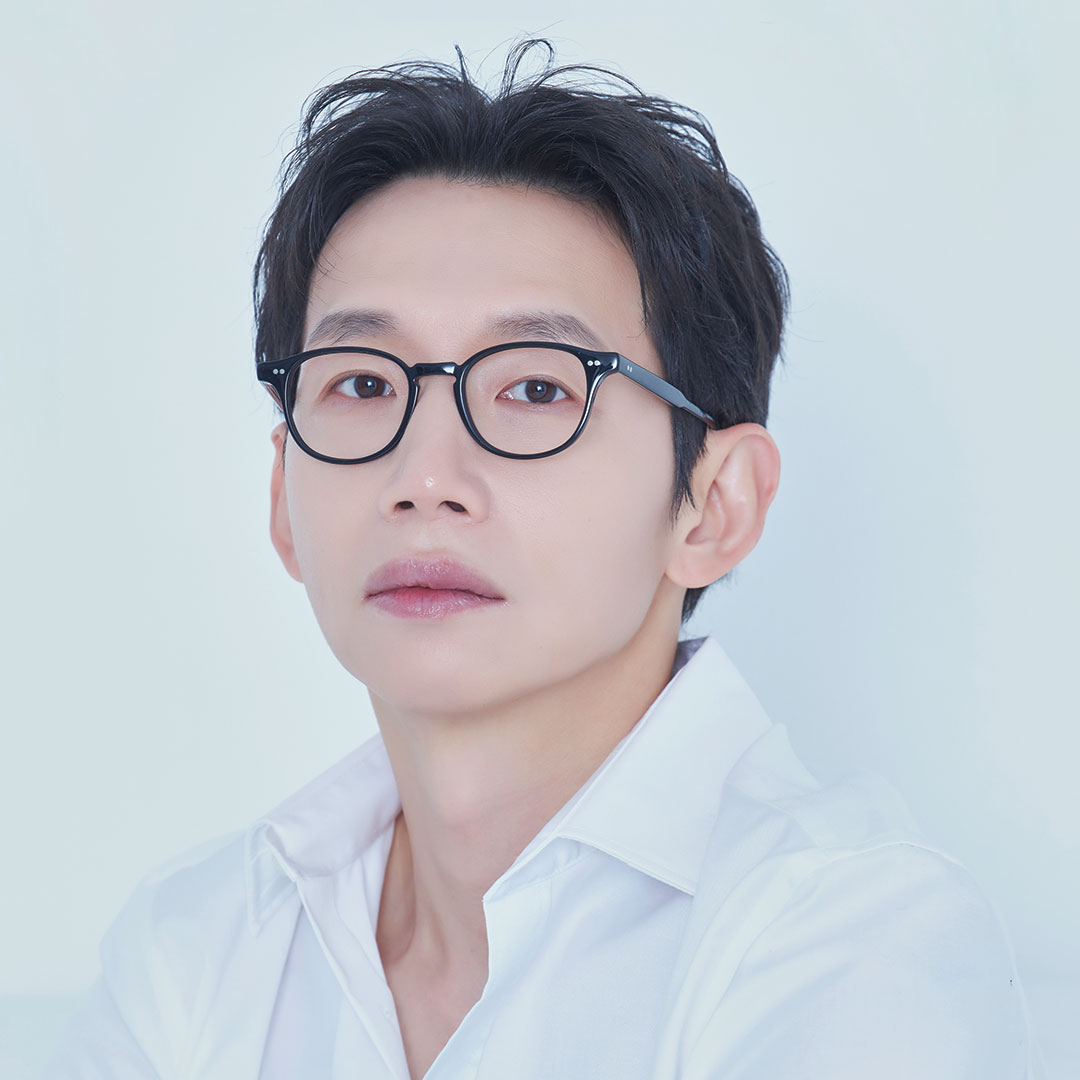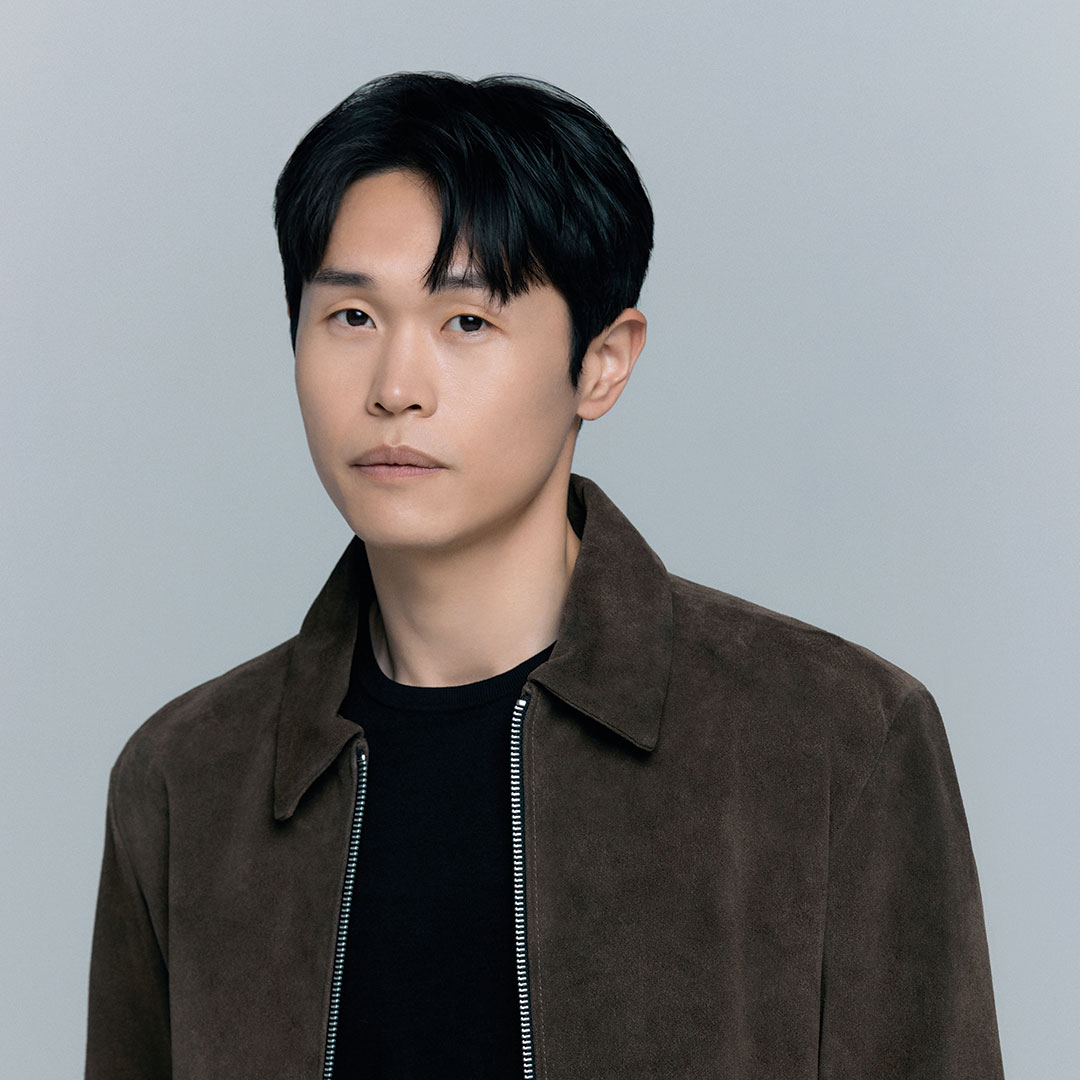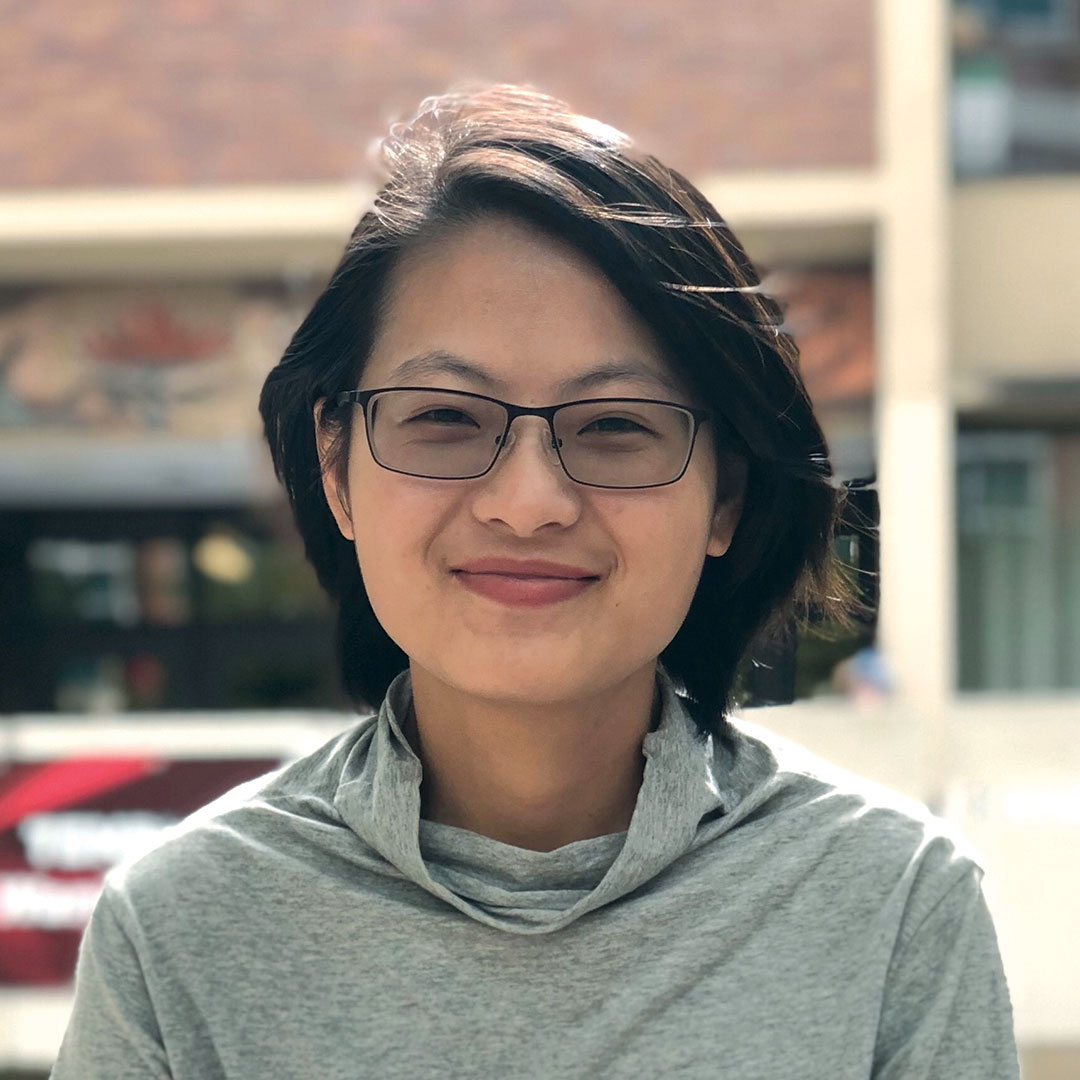감독 존 스미스 John SMITH | United Kingdom | 2024 | 27min | Documentary | 마스터즈 Masters
Since it can be said that your subject matters are drawn from within yourself, why use your everyday life in London and the things around you as forms of inspiration? Why maintain this approach?
The inspiration for many of my films comes from things that I observe on a regular basis over a sustained period of time, so naturally most of that repeated observation takes place near my home. I first became interested in filming The Black Tower (1987), for example, because I could see it from my bedroom window and noticed how the light changed on this building at different times of day, and how the non-reflective black section at the top of the building sometimes looked like a hole cut out of the sky. I wouldn’t have noticed this if I had encountered the tower on a single occasion in an unfamiliar place. But it’s also very important to me that my work is rooted in my own experience, and I don’t feel a need to look for subject matter outside of my familiar environment. Philosophically I believe that all meanings can be found close to home if we look hard enough.
The Girl Chewing Gum (1976) was shot on two 16mm film rolls, one being 400 feet long and one being 100 feet long. Yet every shot was filmed only once. Please explain the conceptual ideas behind this choice.
For the street scene in The Girl Chewing Gum I had no control over what happened in front of the camera when I started filming – I simply filmed the actions of pedestrians, cars and lorries in the busy street and could not predict anything that would happen while I was filming. I was, and still am, fascinated by chance and coincidence, so conceptually it was essential to have no choice concerning the visual material. I made a rule for myself that whatever happened during a single take would be the action for which I would devise a script and add my voice-over commands. I also wanted to remove any choice about the duration of the film, so I decided to let the lengths of the rolls of film determine the durations of the two shots, instead of making decisions about when to stop filming. Setting limitations like these is still very important to my working process. The limitless possibilities available to us as artists can sometimes feel overwhelming, so I find that deliberately removing choice focuses my mind.
The Black Tower is a short film with substantial lengths of plain black screens. The only sound heard on those plain screens is that of the narrator’s voice, which is yours. The plain screen seems to have the effect of abstracting and renewing the intermittent appearances of the black tower in contrast to the words and images. Please explain the arrangement of words and images in this work.
When I was planning The Black Tower I became interested in the fact that a black screen could be interpreted as an abstract absence of image, a representation of a night sky, or a close-up view of the wall of the tower on a sunny day. There are many black sections in the film, and I liked the idea of cinema viewers sitting in the dark together looking at nothing, having to imagine their own images, a kind of communal radio. When I was making the film, I heard about a survey that the BBC had done with children in the 1950s, when they had just started broadcasting children’s TV. Children’s radio had existed for a long time but the BBC wanted to know what children thought about the new medium of children’s television. They often responded by saying “I think it’s OK, but the pictures are better on the radio”. I feel the same, so the black sections in The Black Tower function as spaces for the imagination.
In The Girl Chewing Gum and The Black Tower, your voice is inserted as an off-screen voiceover, and the presence of “John Smith” is heavily felt from start to finish. But he seems to be a different person from the real-life John Smith. Who is the John Smith in your films? Is it you, or is it John Smith as a character you want to represent? Also, why do you employ this self-conscious form?
I tried using other people’s voices in early films like The Black Tower, but I almost always ended up using my own. One of the reasons I like voice-over is that you don’t get an impression of a character based on their visual appearance. The words being spoken are what’s important to me, and I want the viewer’s imagination of the person speaking them to be as vague as possible (this is also why I like to use onscreen captions). When I’ve tried using other people’s voices they have had too much character for me, so I’ve felt that viewers might create too much of a mental image of the person speaking. Because I am so familiar with my own voice it doesn’t seem to have a particular identity. I know that this can’t be true, and that although I deliberately have a deadpan voice in my films my accent still has some character, but as I can’t identify that myself it makes working in my editing suite less painful!
It’s also important to mention that the role of my voice in the films has changed over the years, so in a sense there are at least two John Smiths. The voice-overs in the early films that I’ve just mentioned belong to fictitious characters, where the voice in the later films, starting with Home Suite (1993-4) is often autobiographical, talking about actual rather than imagined events.
As evident in many scenes of The Girl Chewing Gum, you are an artist who believes in the power of coincidence. On the other hand, you also go beyond coincidence and emphasize that you believe in the power of composition, as seen in Being John Smith (2024). The events in this film are clearly fictionalized, and everything is deliberately presented through composed shots. How do you harmonize the contradictory concepts of coincidence and composition in filmmaking, and how do you create tension?
The interplay of chance and order and the undermining of the viewer’s expectations create tensions that are essential to the shaping of my work. It’s interesting that you say that the events in Being John Smith are fictionalised, as everything I describe in the film actually happened. There is nothing in this film that I invented, although I sometimes overstate the effects of my name on my psyche, for humorous and dramatic effect! But I do deliberately describe events in a way that makes them sound suspicious. As in my other films it is important that viewers perceive me as an unreliable narrator, that they don’t fully trust what I’m telling them. I want audiences to be aware of the constructed nature of my films and question the truth of what they are being told, enabling interaction with the work instead of passive consumption.
The Girl Chewing Gum and Being John Smith are full of satire and humor, with humor being a key element in your films. The framing, camera movements, editing, and wordplay are all structured like jokes. How do you design and integrate stylized jokes into your work so that they function effectively?
All I can say is that the humor comes naturally, from the way that I look at what’s happening in the world around me. When I’m planning a film I don’t start out wanting to make something that’s funny. The humor is often a by-product of my interest in ambiguity and the power that words and sounds have in determining how we see images. Viewers think it’s funny when I say that an innocent passer-by in The Girl Chewing Gum has just committed a robbery and has a gun in his pocket because, although they know I’m lying, the scenario is still easy to imagine. It’s a well-known saying about humor that “Timing is everything”. Concerning the construction of the films, “Timing is everything” in editing too, and I spend a lot of time on my editing!
Humor has a very serious function for me. In a world that is so full of horror I find that humor is an essential survival mechanism, a way of preserving my mental health. There’s an old ironic comment people sometimes make in my country when misfortune happens –- they say “Well, you’ve got to laugh”.
Your films break the stereotype that experimental films are dry or difficult to understand. They are playful and even addictive, with a rhythmic structure that draws the audience’s attention to the composition of the narrative. Where does this tendency come from?
I want my work to be understood by as many people as possible. You don’t have to have read particular books or be familiar with artistic or experimental film theories to understand my work, I usually avoid any reference to anything outside of everyday experience. Most of my films play with mainstream cinema conventions, so although they subvert those conventions I hope they can be understood and appreciated by open-minded mainstream audiences around the world. This is extremely important to me – I’m not interested in making films for elites.
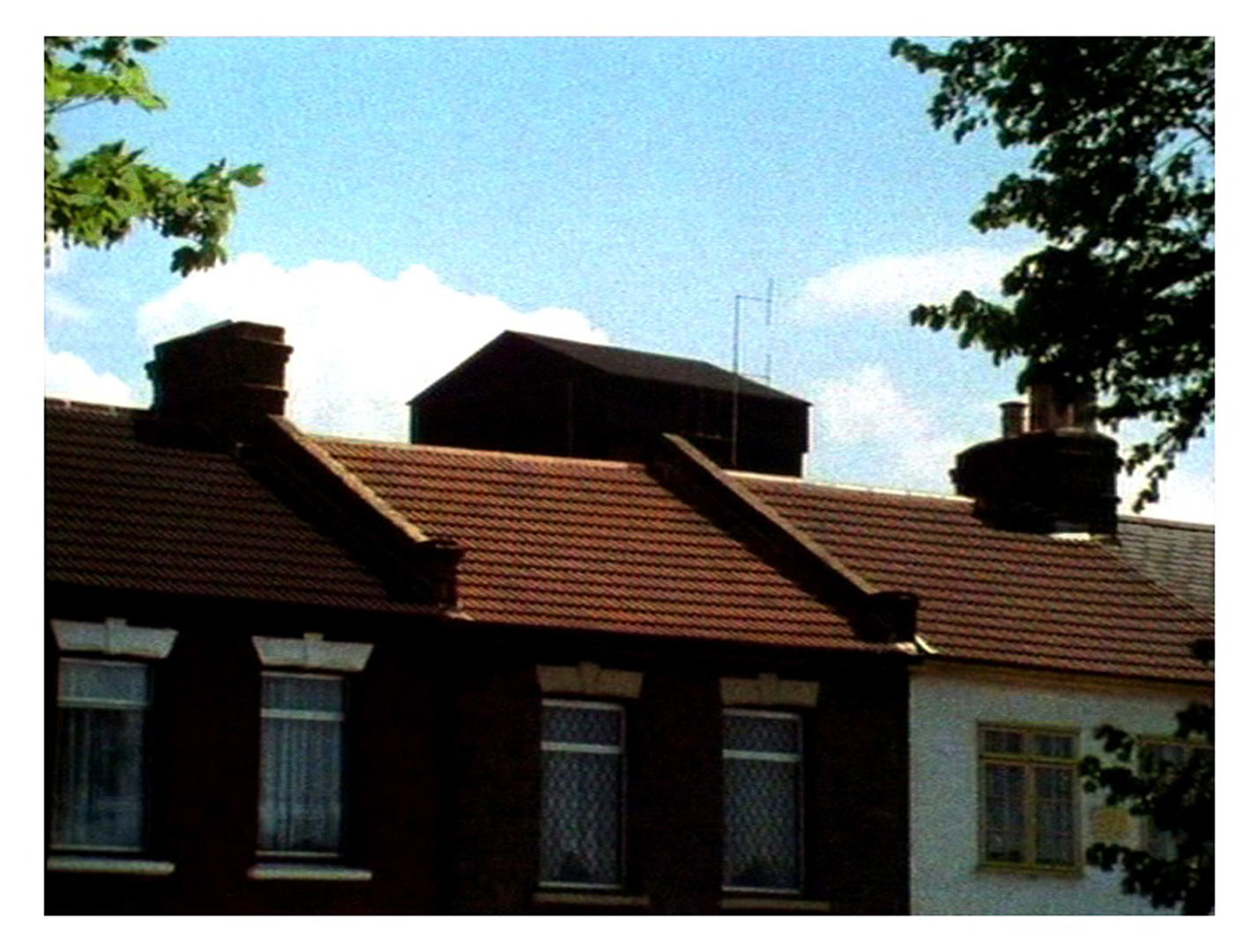
감독 존 스미스 John SMITH | United Kingdom | 1987 | 24min | Experimental | 마스터즈 Masters
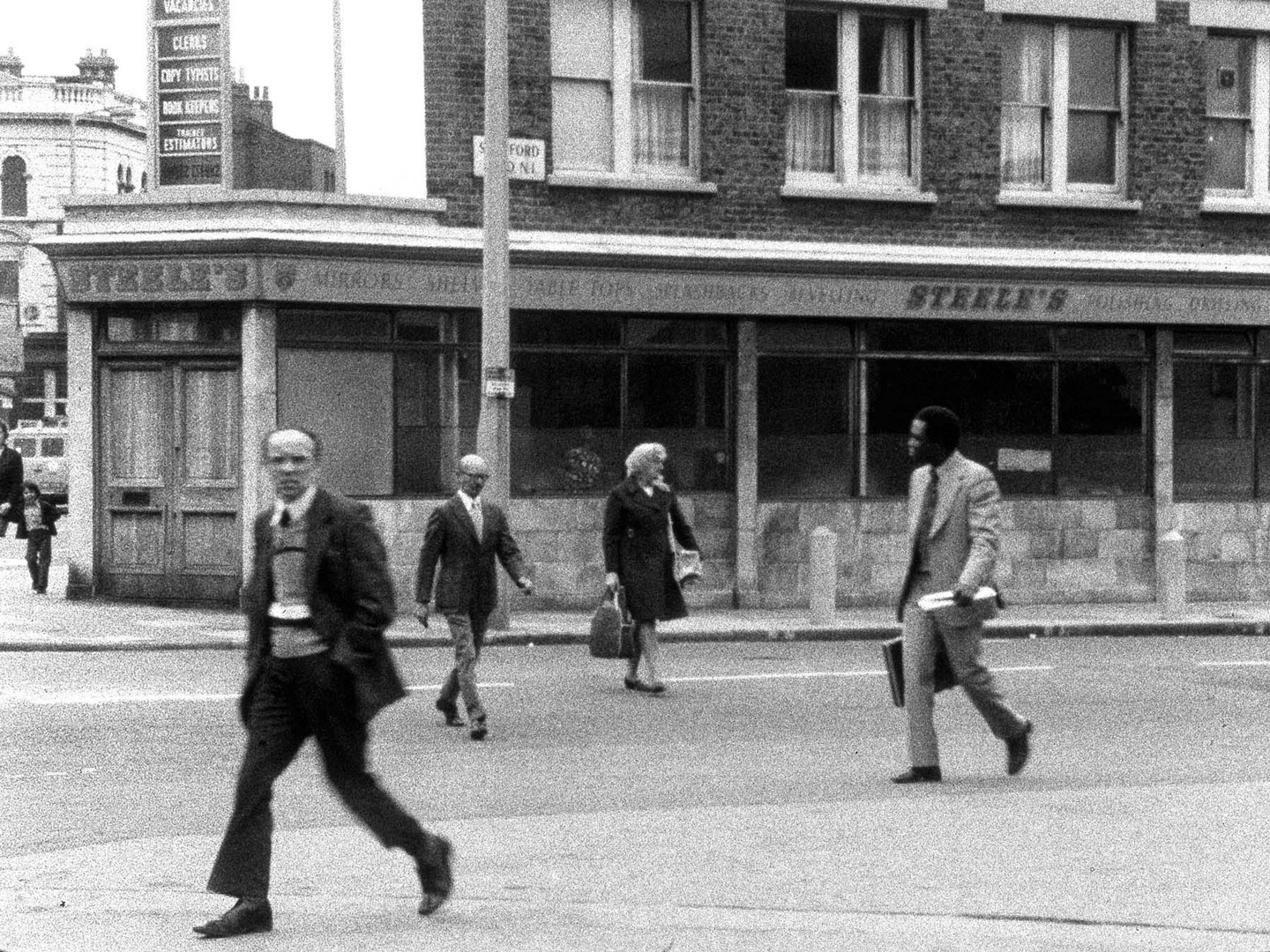
감독 존 스미스 John SMITH | United Kingdom | 1976 | 12min | Experimental | 마스터즈 Masters
